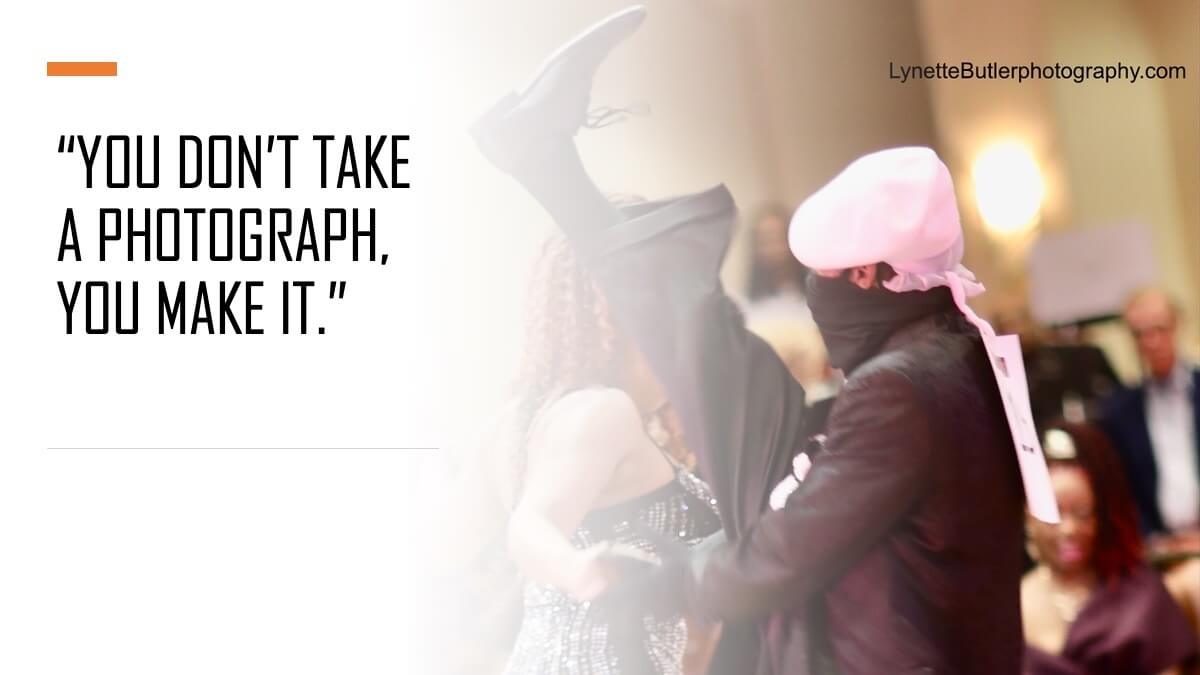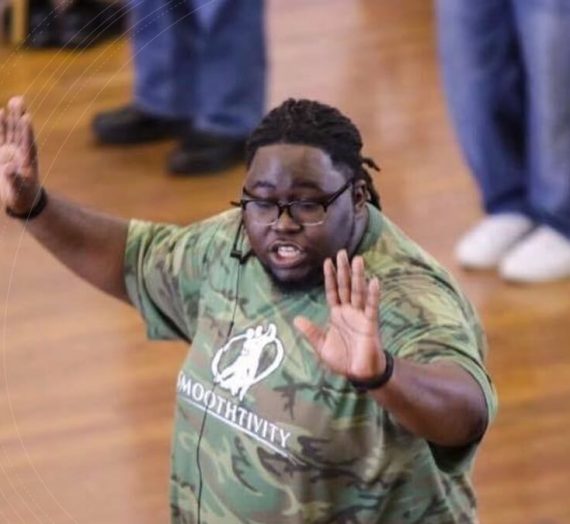INSPIRED BY: THE VIRAL PHOTO OF BARAK WITH HIS LEG POINTING TO THE SKY IN WLSC 2021
When I saw the shot of Barak, I thought, “Spectacular!” I wondered, “Who took that photo?” Then I started to notice more and more photos of steppers in my feed that reminded me of the photo of Barak. I recognized a common theme or look and feel in the photos but could not explain it. I realized that capturing that moment of Barak was no mere coincidence. Whoever took that photo has a gift for capturing people in their best moments! I found the photographer – Lynette Butler. I wanted to know how she felt about photography and what drove her passion for capturing steppers. Get to know Lynette Butler and her photo motivation.

Lynette Butler
Lynette Butler is from Long Beach, California. She started taking stepping lessons because one of her instructors said it looked like she just stood in the middle of the dance floor and hit the shutter button. Lynette thought, “Well, what else was I supposed to do?” She started taking classes in Los Angeles in 2018 with Omar Cook.
Why did you learn to take such great photographs?
I always thought that I was pretty good at taking pictures. While working on my logistics degree, I took a photography class to finish the degree. It was the hardest class I had ever taken. It was harder than Philosophy because when you know better, you do better. I’m turning in images, and the professors marked them with red circles. I thought I was knocking it out of the park. After taking the feedback and applying it just really kind of grew.
My professors were so into my photographs of Chicago steppers. They would wait for me to come to class on Monday to see what I had captured over the weekend. Then they would give me feedback showing me what I needed to improve. You need to do this. You need to do that. We need to feel what is happening in your photo. God’s hand was in it because they kicked back everything I thought I had knocked out of the park. Understand how important this is. These professors had never seen anything where African Americans, especially older ones, were involved in something so wonderful.
The feedback trained me to pick up many times on little details that everybody within the community understands. I have a picture where there’s powder on the floor. If you’re a stepper, you get the picture. And what is stepper sharp? I always try to capture pictures of people stepper sharp because that’s part of what makes Chicago Stepping so much fun – being able to get stepper sharp.
How does learning how to step or knowing some basics of the dance help you take better photos?
Once I learned the cadence of the dance, it helped me to understand the 123, where the three should be, where the six and the 7-8 should be so. One of the things I think that helped me the most about studying photography and watching stepping at the same time is that it allowed me to identify good steppers and how they had such a great command of the dance. The study of the dance is important. That helped me a lot because I was more interested in capturing the image than actually stepping myself.
Do you take more photographs than you dance at an event or the set?
Definitely! I do want to learn the dance, but a lot of times when I am dancing, I get distracted. In my head, I’m thinking about when I should hit the shutter button. I know the cadence of the dance. I still would rather take a picture than step any day of the week.
What inspired you to take photos at steppers, events, and sets?
In my last year of photography school in Orange County, California, I wanted to do an end-of-year project. I didn’t want to do it on churches. With a desire to focus on something African American, and Black, I didn’t want to do it on gangs. I didn’t want it to be typical. I wanted the subject matter to be something related to African Americans, and I wanted it to be something uplifting. My brother, who is a stepper, Dennis Moore, suggested, “Well, maybe you’ll like steppers. You can go with me to a stepping event this week – Harlem Nights.” I said, “Okay. I’ll go.” And when I got to the event, it was a photographer’s dream come true.
What about stepping is so beautiful and captivating for you as a photographer?
I was still working at the time when I started. It was so amazing to be around all these middle-aged to older African Americans dressed nicely. They were doing this beautiful dance. Everybody seemed like they knew each other. I felt like it was like going to a family reunion. And I could not believe that so many people were involved in something that I didn’t know about. How beautiful the dance is and how beautiful the people are is amazing. What is beautiful is that it is an older crowd and gives people something to do. That’s positive. Nobody’s out doing a whole lot of drinking or acting crazy. Everybody is well-behaved. It was beautiful to me.
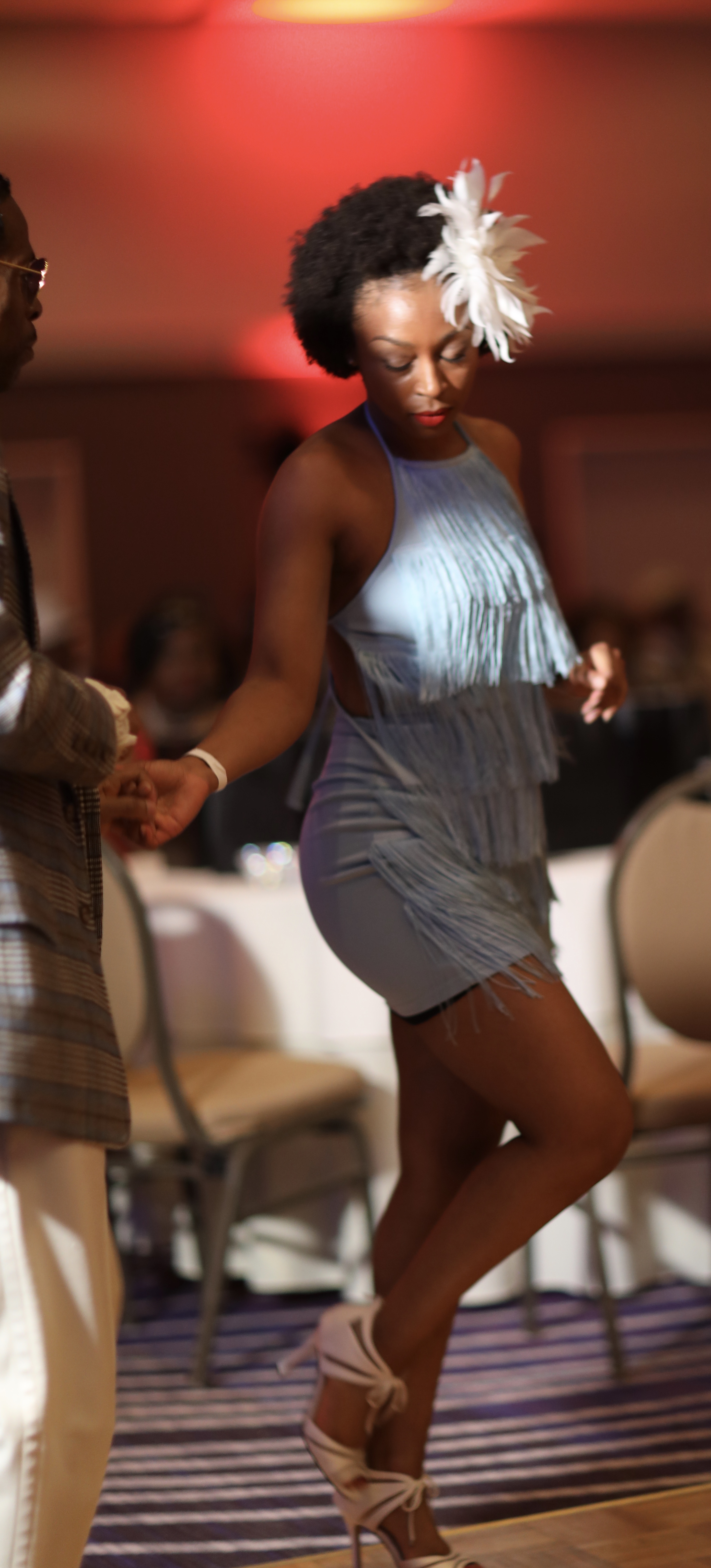
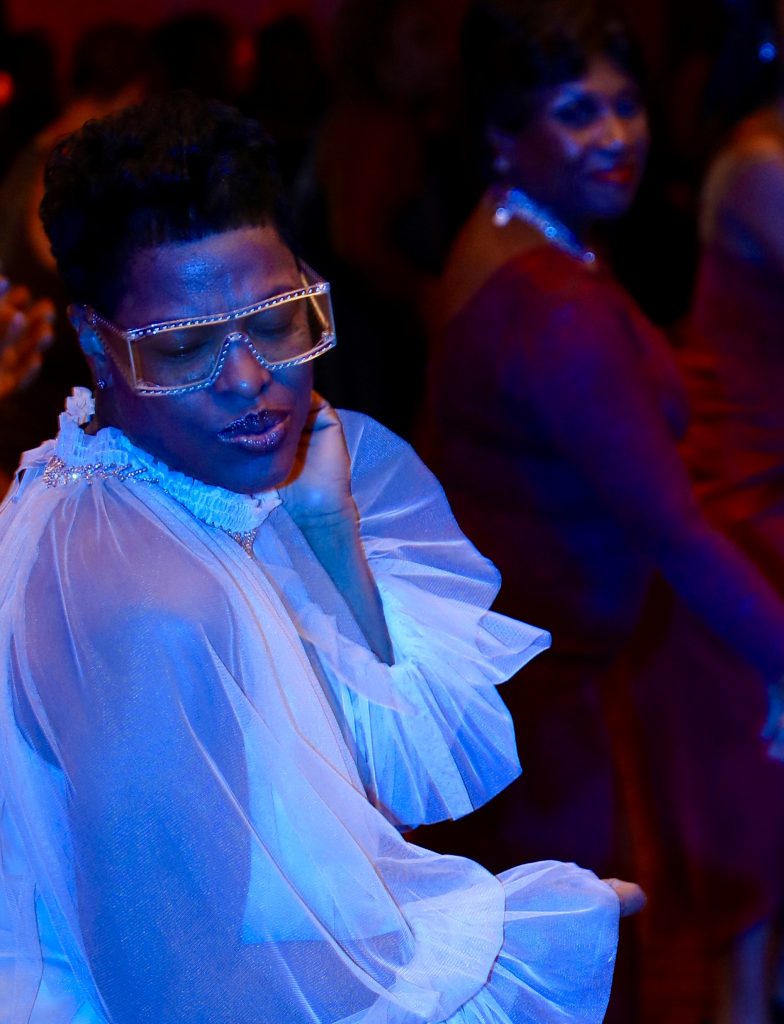
Some of your favorite photos I noticed aren’t photos of people dancing, but they are photos of people on the set. What makes them your favorite?
I am a portrait photographer. I can do a pretty good job of capturing the essence of a person. I have quite a few images of people dancing, like the picture of Cristal.
I think it’s important that every person should have one good portrait. I went to a workshop in Los Angeles, and Victor James, the guest speaker, said, “Every person involved in the stepping community should try to contribute something.” That’s what I try to do. I try to contribute one good portrait for every person in the stepping community.
When my father passed, we didn’t have one really good image of him, so we cropped it from something else for his obituary. Many of us African Americans don’t have one really good photo.
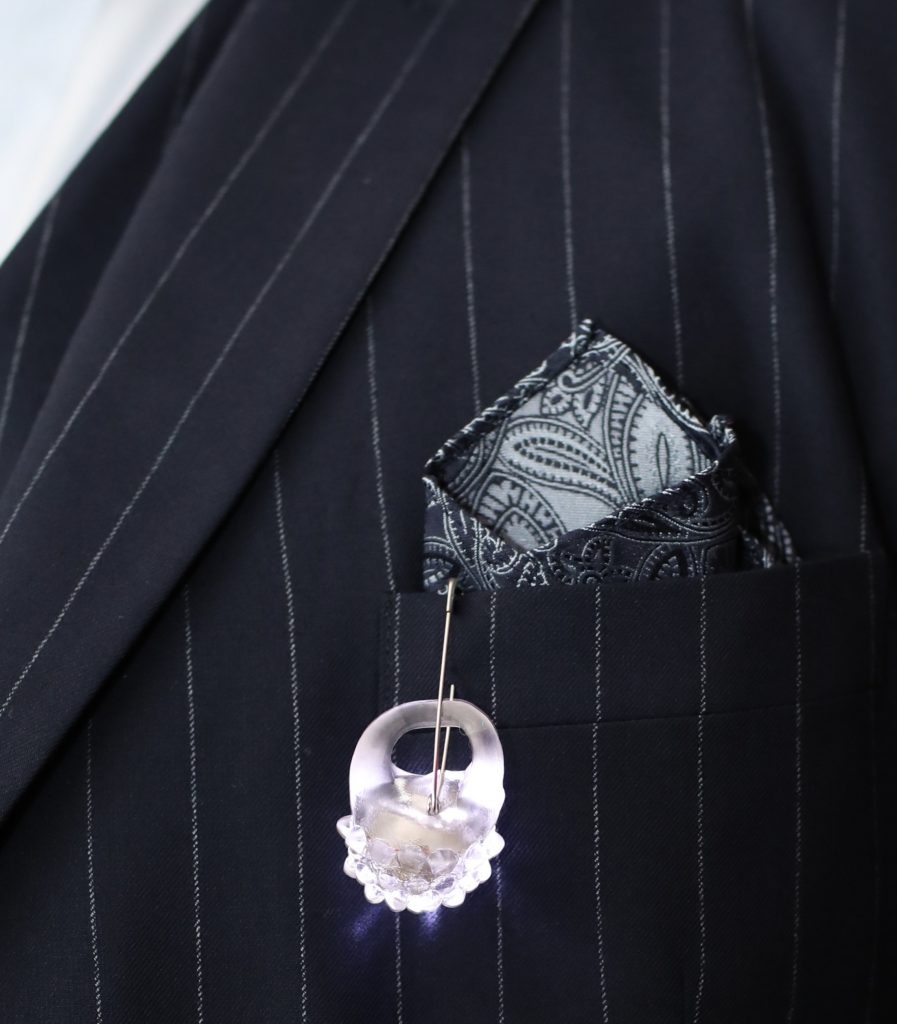
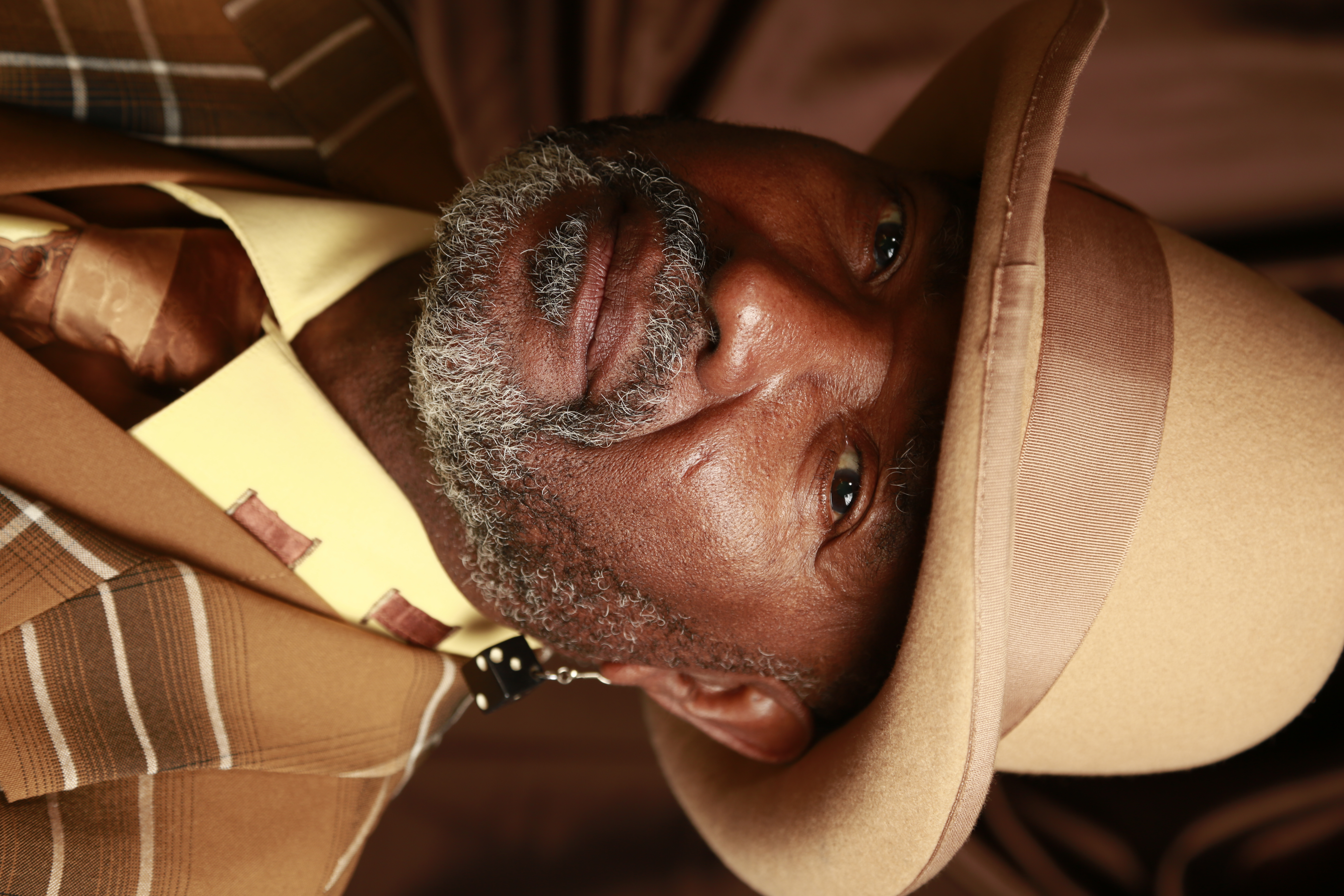
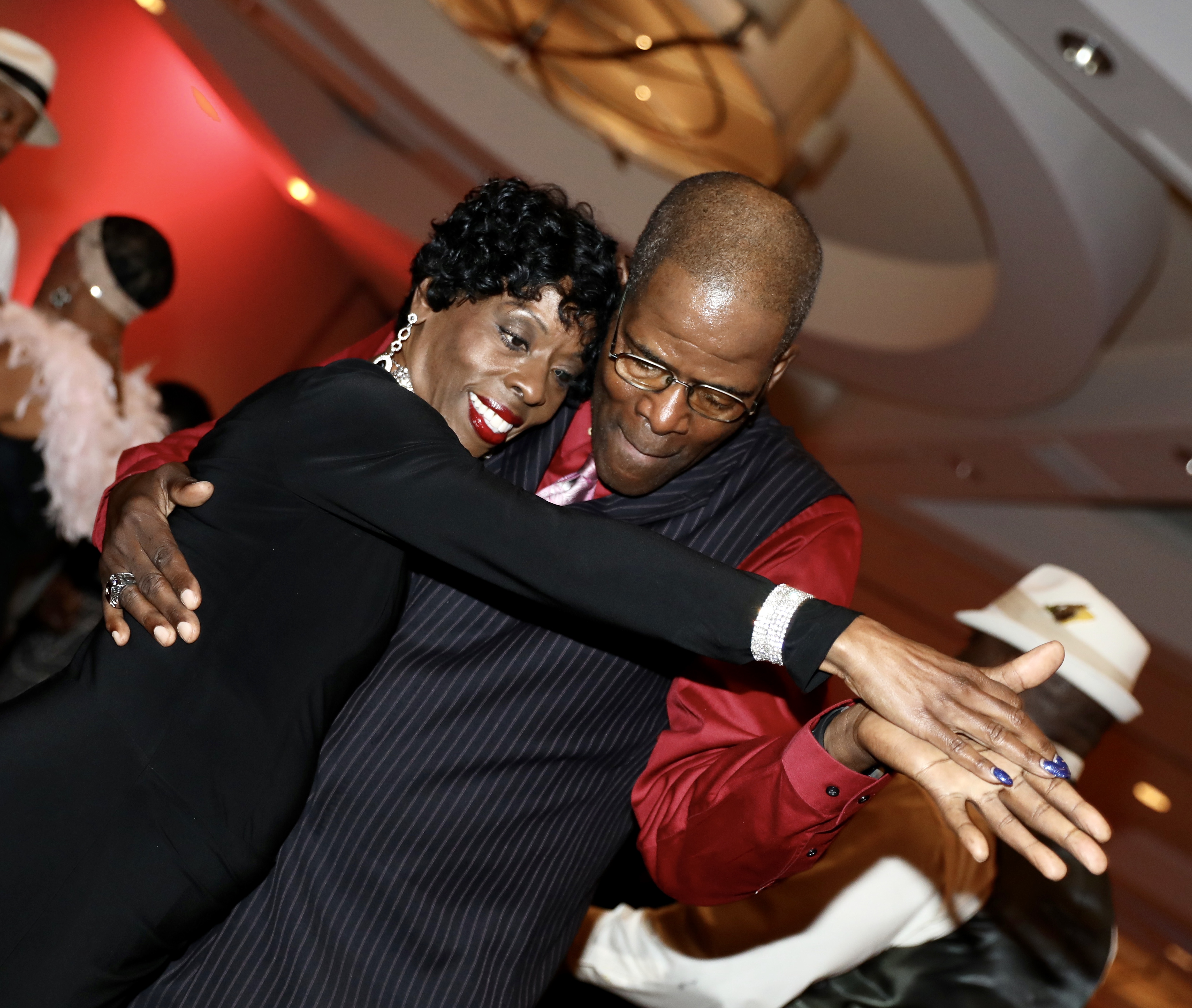
What is a photo challenge for you?
This challenge to me, is very difficult. It’s the worst-case scenario. Capturing African Americans in white moving. There are 50,000 White Parties during the summer, so it’s difficult. You’re capturing different tones that are so different for black and white and the contrasts. Contrast matters for a good photo, and then people are moving. The white parties are the hardest to capture. In these conditions, developing some really good images is hard unless you use Photoshop or Lightroom. I don’t use Photoshop or Lightroom or any of that. Everything that you get from me is straight out of the camera.
What is your favorite or ideal setup for a great photograph on the stepper set?
Light. For the ideal setup, the only thing I ask for is light. I go to some stepper sets, and it’s so dark that it’s nearly impossible to get a good shot in because it is so dark. If I can manipulate and work with some type of light, I am good. I feel it’s the photographer’s responsibility to know how to manipulate the camera to make it do what it needs to do and set it to take the kind of picture the photographer is looking for. Lighting is important to me, and I try to ensure that my images are interesting.
What do you do or plan to do with all the photos you capture of steppers?
I get asked that question a lot. I hope to one day have an art show, exhibit, or book to display just how beautiful the Chicago stepping community is. So, it exists.
What do you believe makes your photography stand out?
I think there are two things. First, the lighting on my pictures, and second, I don’t photo dump. I try not ever just to keep posting. I try to tell a visual story. When I post everything, I consider lighting and the order of the photos. It’s a routine that I was taught in school of how to tell a visual story. I try to tell a visual story.
Why don’t you use Photoshop?
I just couldn’t keep up in class. I’m a baby boomer, and I promise you I would be in tears trying to figure out Photoshop and Light Room. I did pass the class with a B. My mentor, Lily, said, “You just need to learn to take a good picture straight out of the camera.” And that’s what I learned to do. I just couldn’t keep up with the younger photographers who may do everything in post.
And, as people get older, they don’t Photoshop well. Because we have so many more wrinkles, hair, and things going on with our skin that a younger person doesn’t have. It takes a lot more corrections. In my opinion, when you’re photoshopping an older person, you’re not catching that wisdom and that beauty that comes with age.
To be sure, it is important for a photographer that if the picture isn’t flattering, don’t post it. Everybody who knows me knows that you’ll never see it if it’s not cute. You will not see booty shots, titty fat, or chin hair on a woman from me.
Do you do people book you to take photos at events?
All the time. I usually always have one or two because I post on Facebook to announce my next location or stop. I’ll get calls to do a quick photo shoot, or maybe it is a request for shots while someone is in the contest, like at the Texas Heat.
I would like to recognize the people who came way before me and have been taking pictures – Willy Bell, Gucci, and all the others. In years ahead, the work will be so important to the history of Chicago Stepping. I like accolades when people tell me that I am such a great photographer, but I feel there are other great photographers besides me.
Our Chicago Stepping Photo Historians
Photography is a critical and significant part of the Stepping community’s historical record. Today, we want to celebrate and recognize some of the most important people in our community – the photo historians of Chicago Stepping. These are some photographers at stepper sets and events across different cities capturing who steppers are. Thank you for your work and for sharing it publicly within the community. Words alone have no substance to celebrate and commemorate Chicago Stepping without your photography. I am sure this is not a complete list. Please let us know in the comments or by email at li*************@gm***.com if there are other photographers in Stepping who you want to recognize.
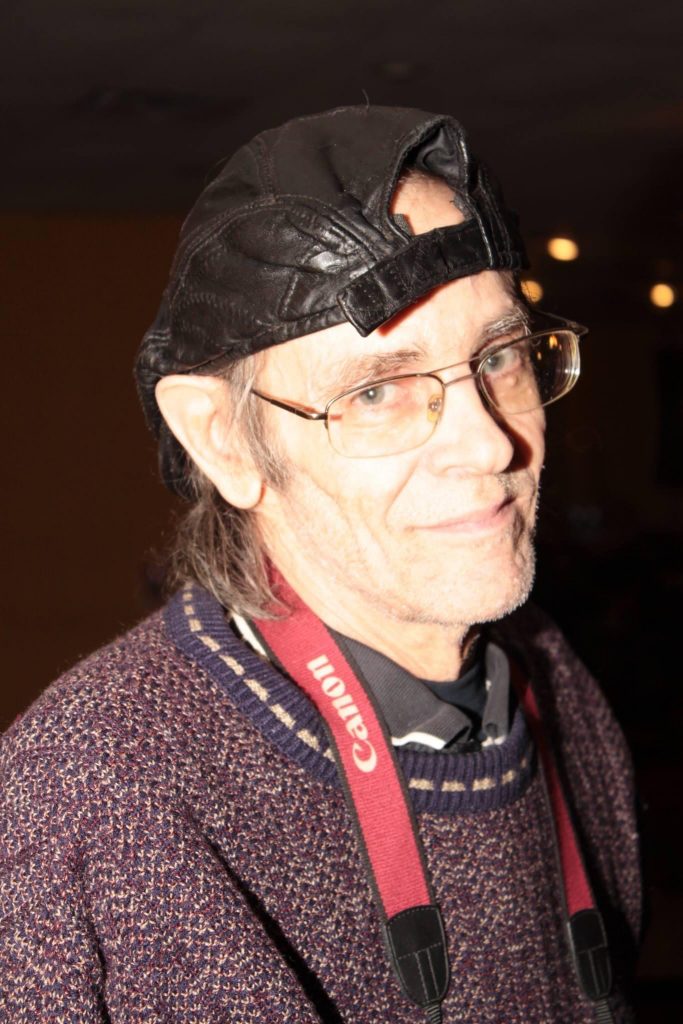
In Memory of Markie Bee
Chicago’s popular, well-loved photographer. He captured some of the best contest moments. Through the Steppers History Project and SteppersUSA.com efforts, Markie Bee paved the path to being more than a photographer but a collaborative historian. “Rest in Peace”
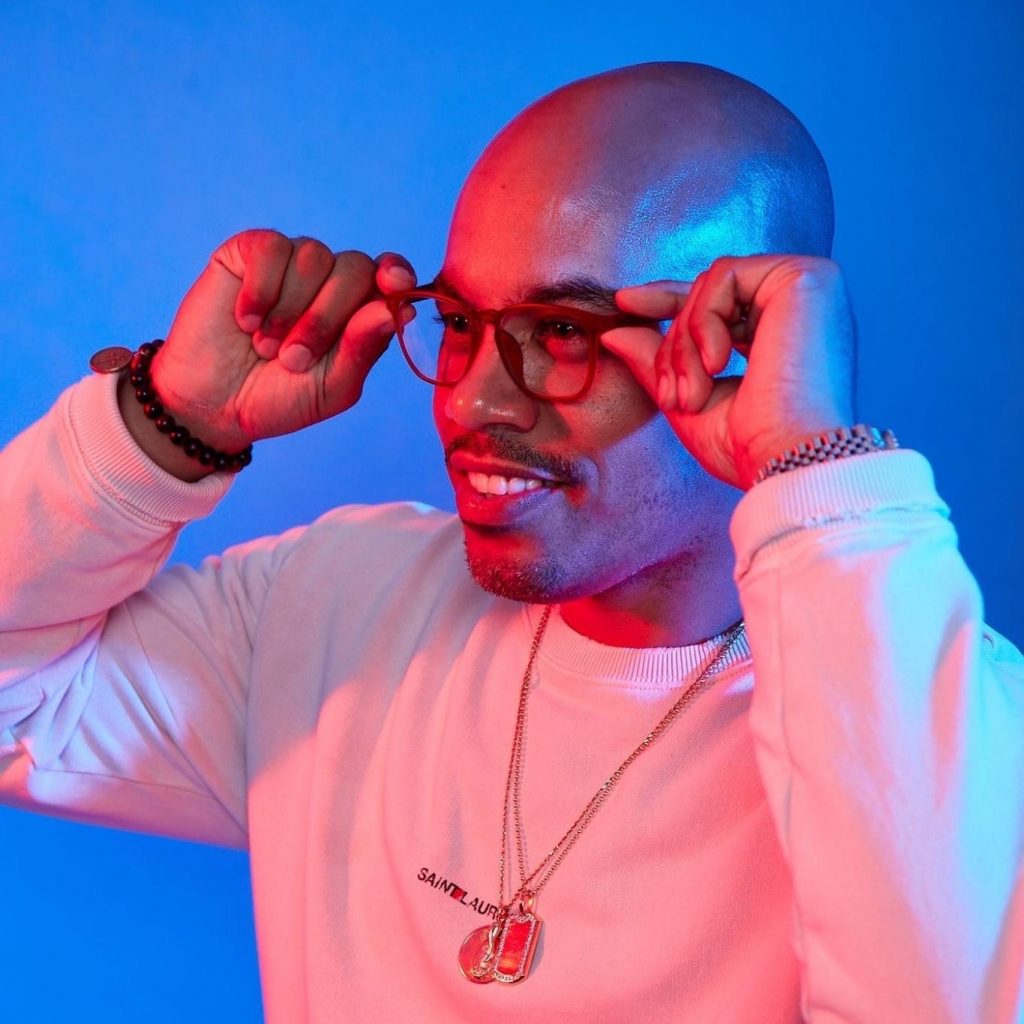

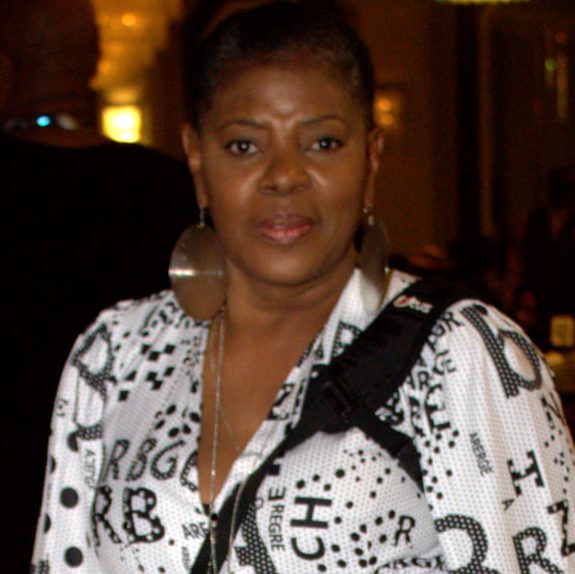


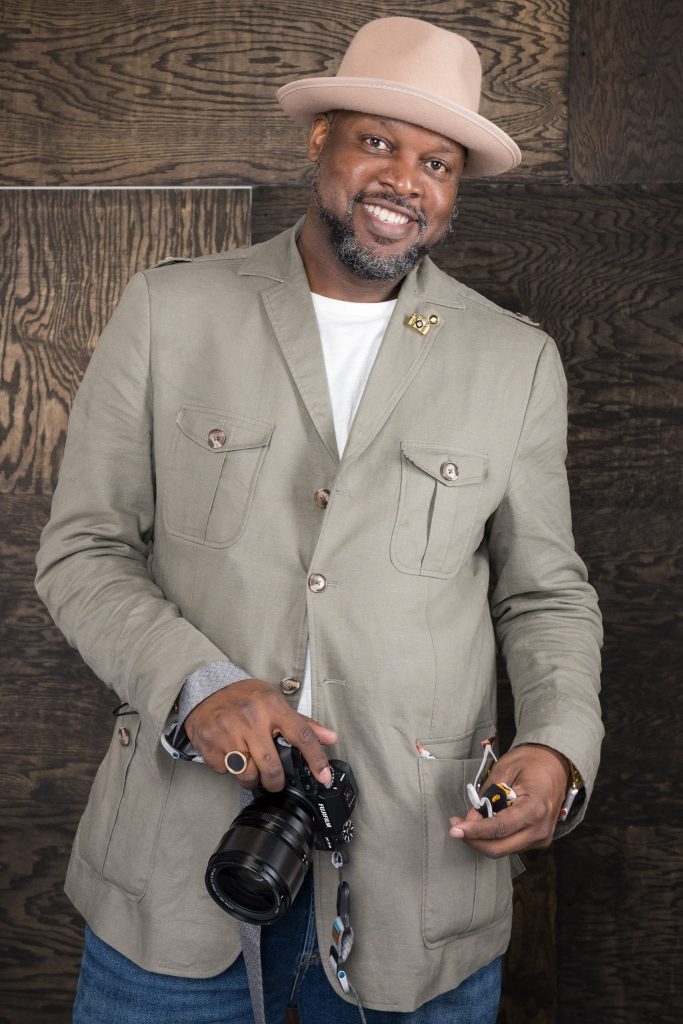
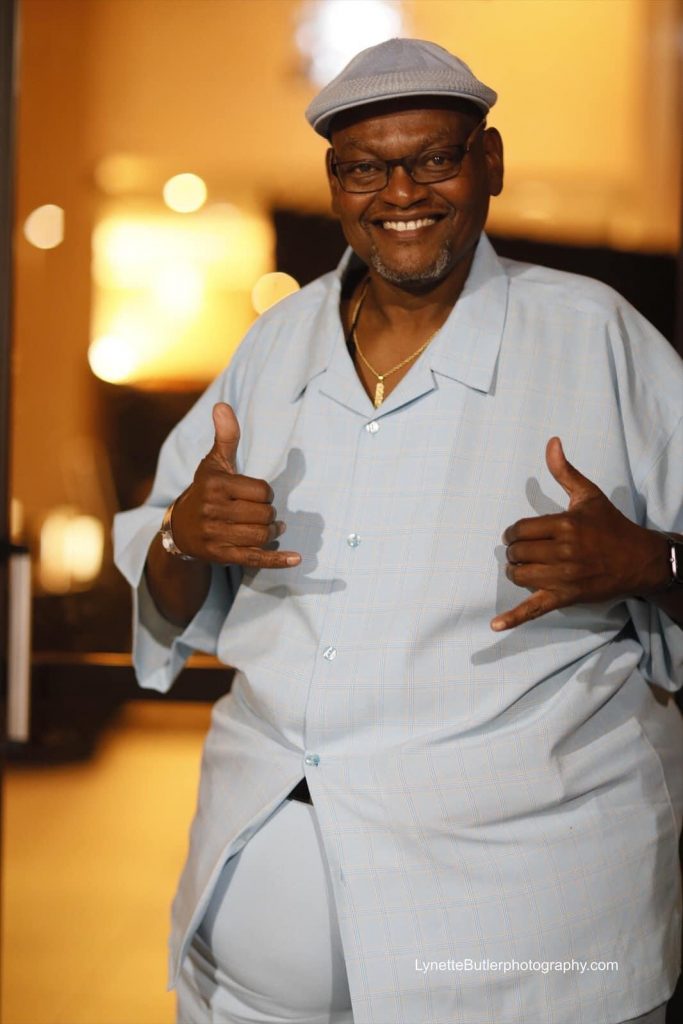
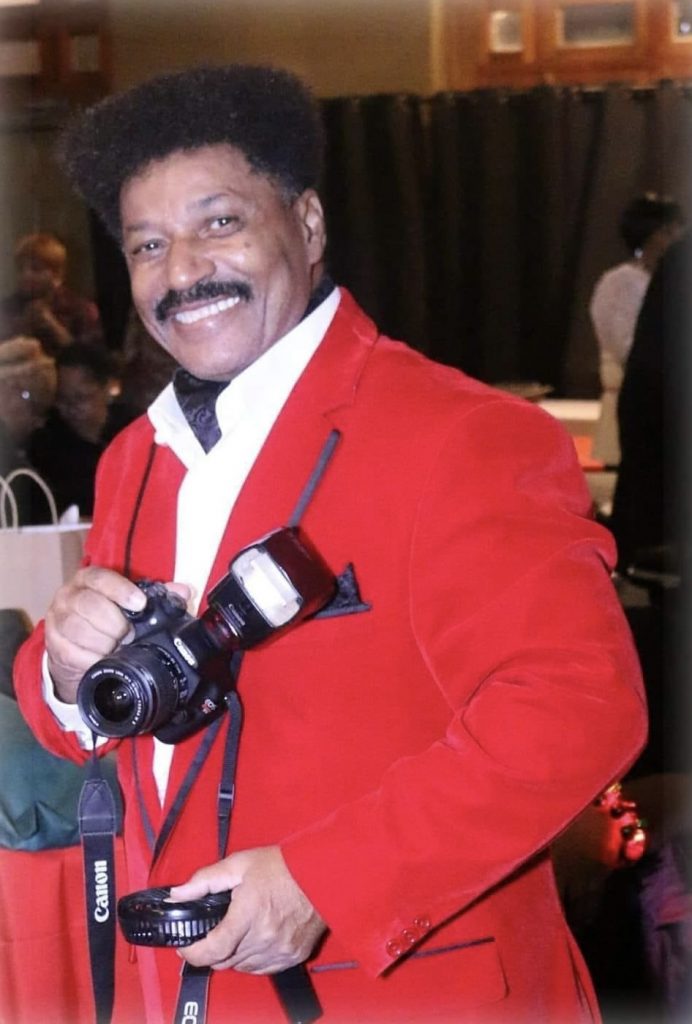
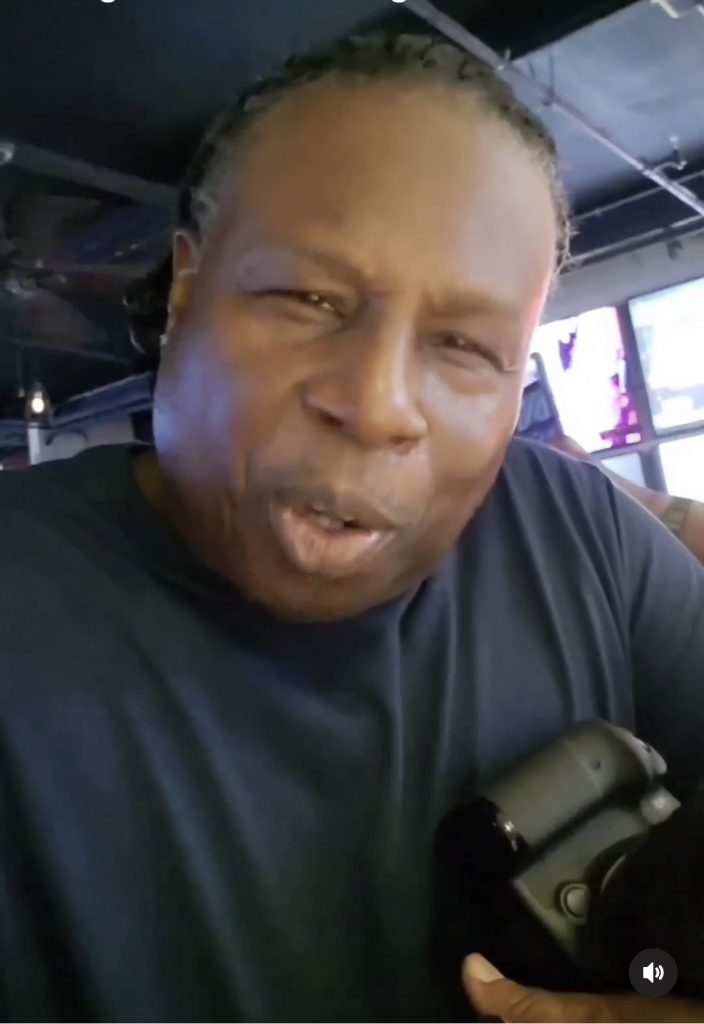
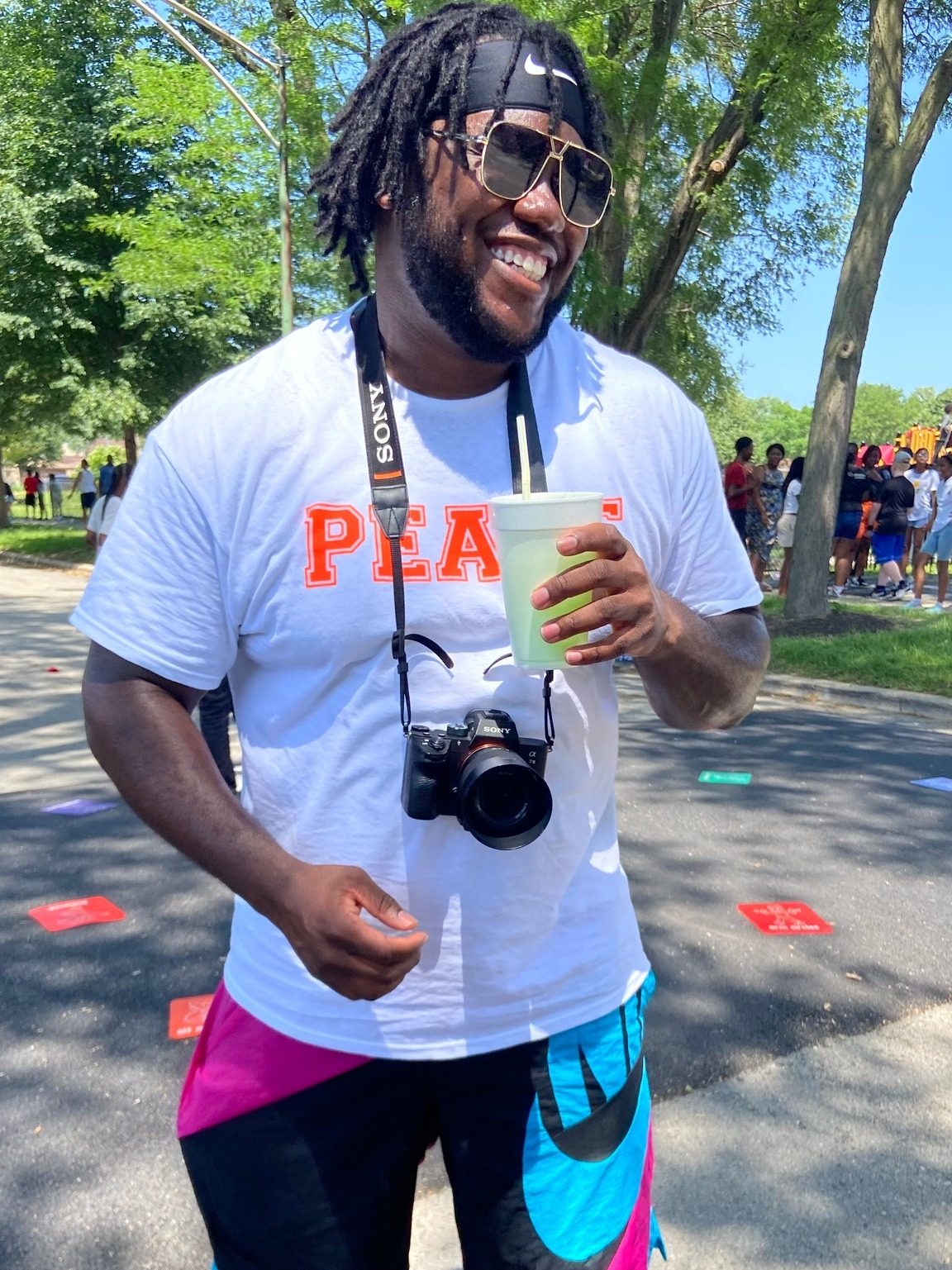

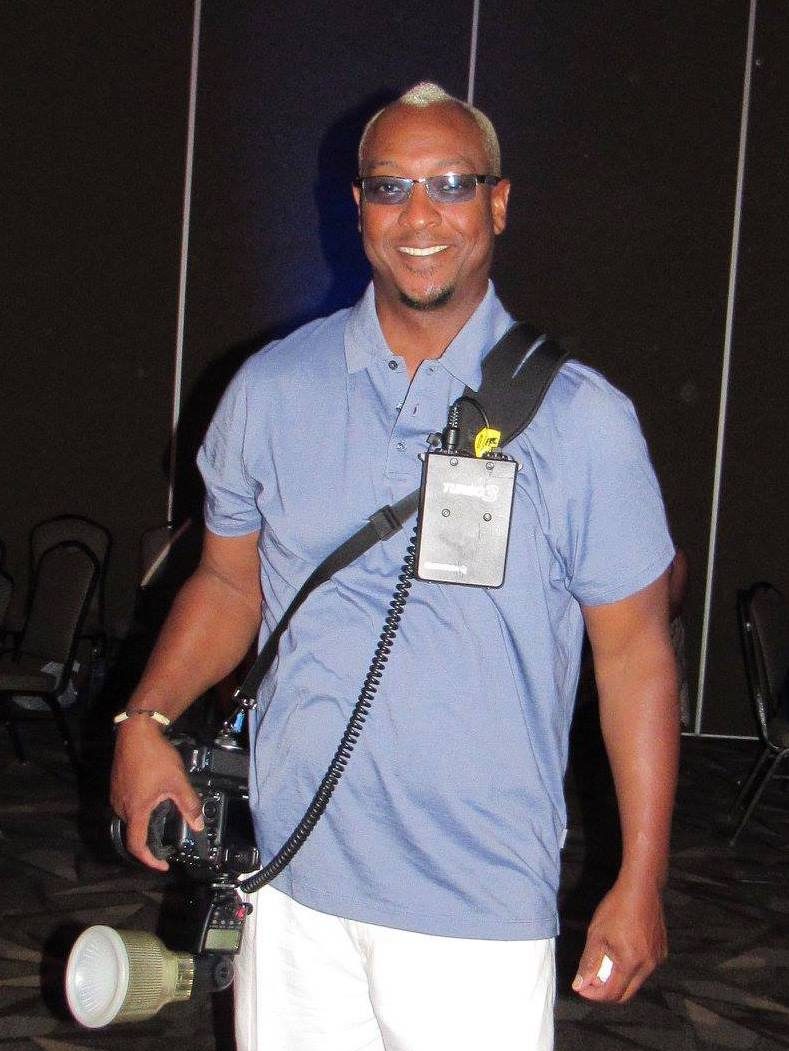
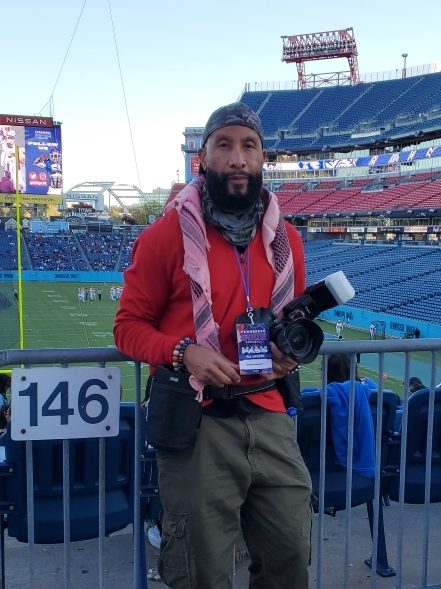
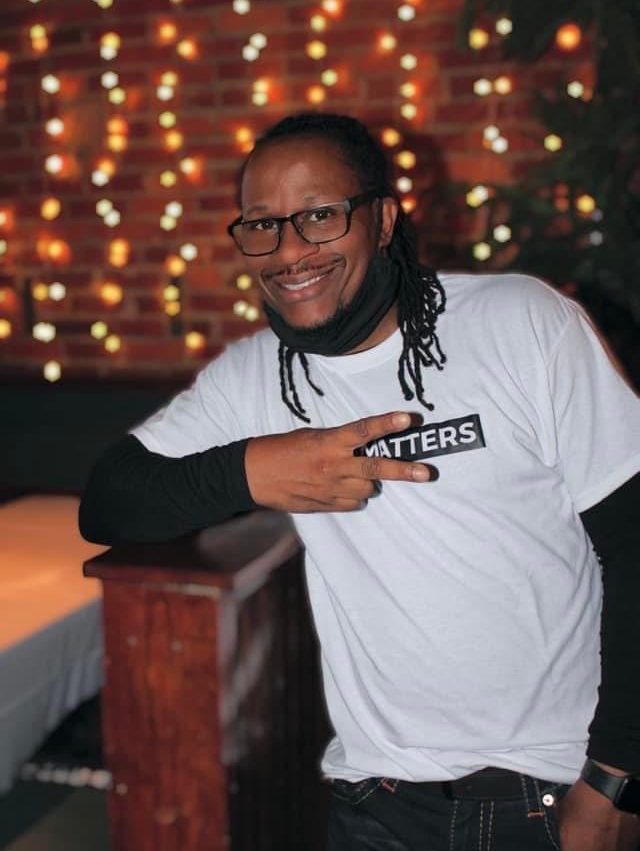

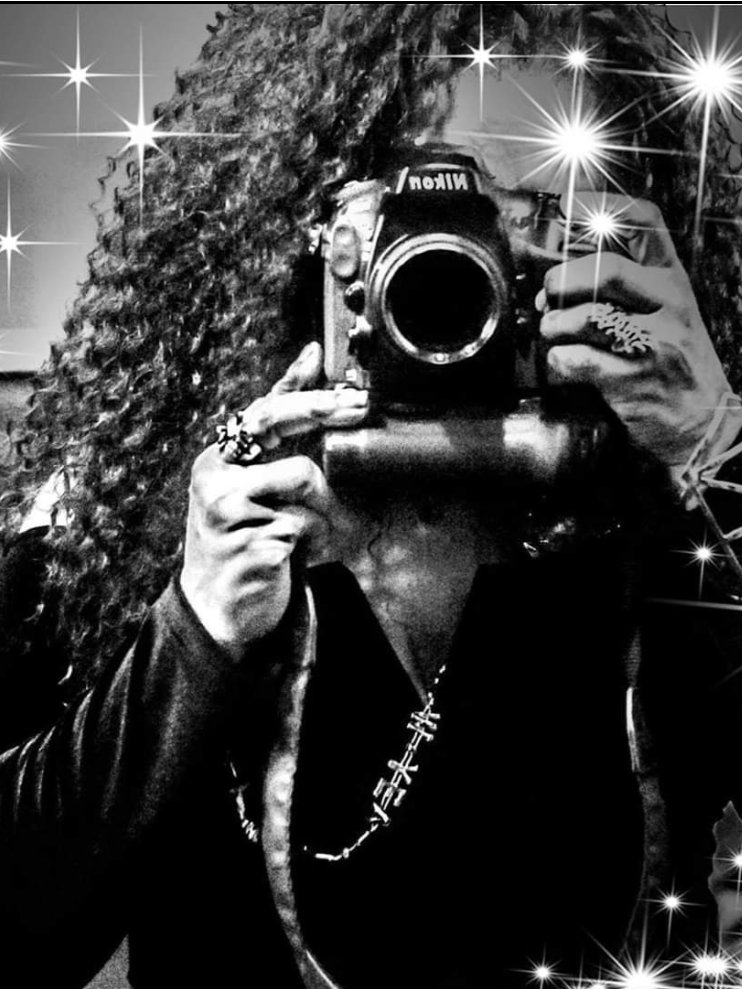
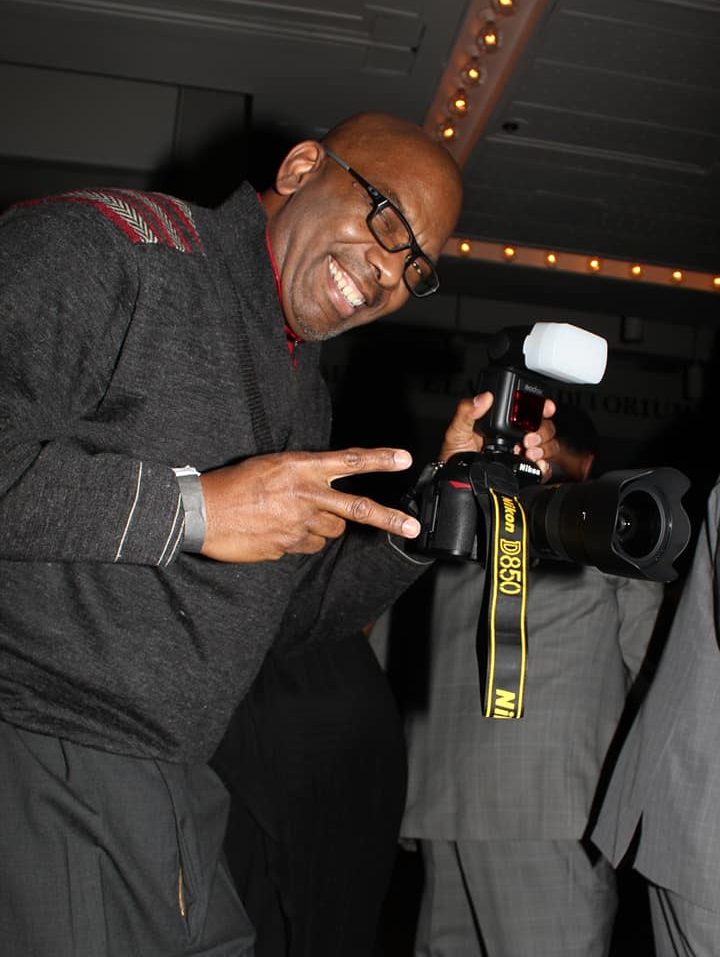
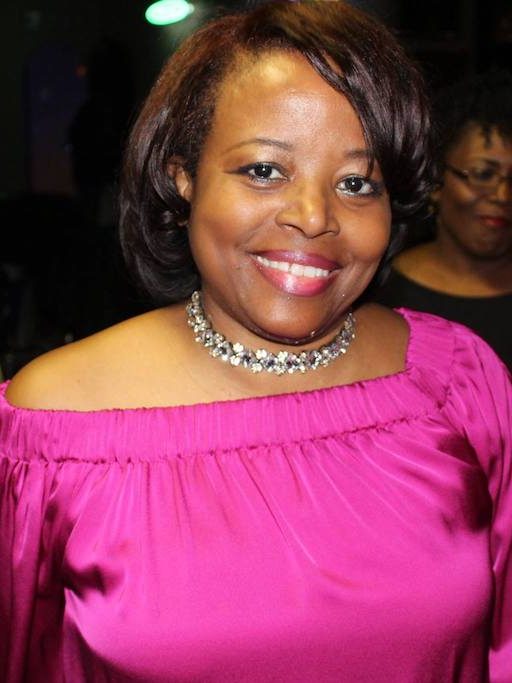
Subscribe to Chicago Stepping News by eMail from Sonji
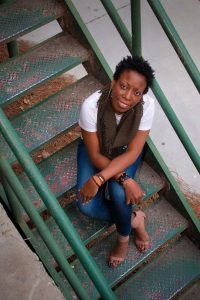
Welcome! I am the writer Sonji Stewart. These are my travel stories about my Chicago Stepping experiences, traveling from city to city to dance. I hope my stories encourage you to join me in the adventure.
Get the latest blog post by email because every stepper should be on this email list.
By clicking submit, you accept our terms & conditions. We do not share or sell your personal information.

